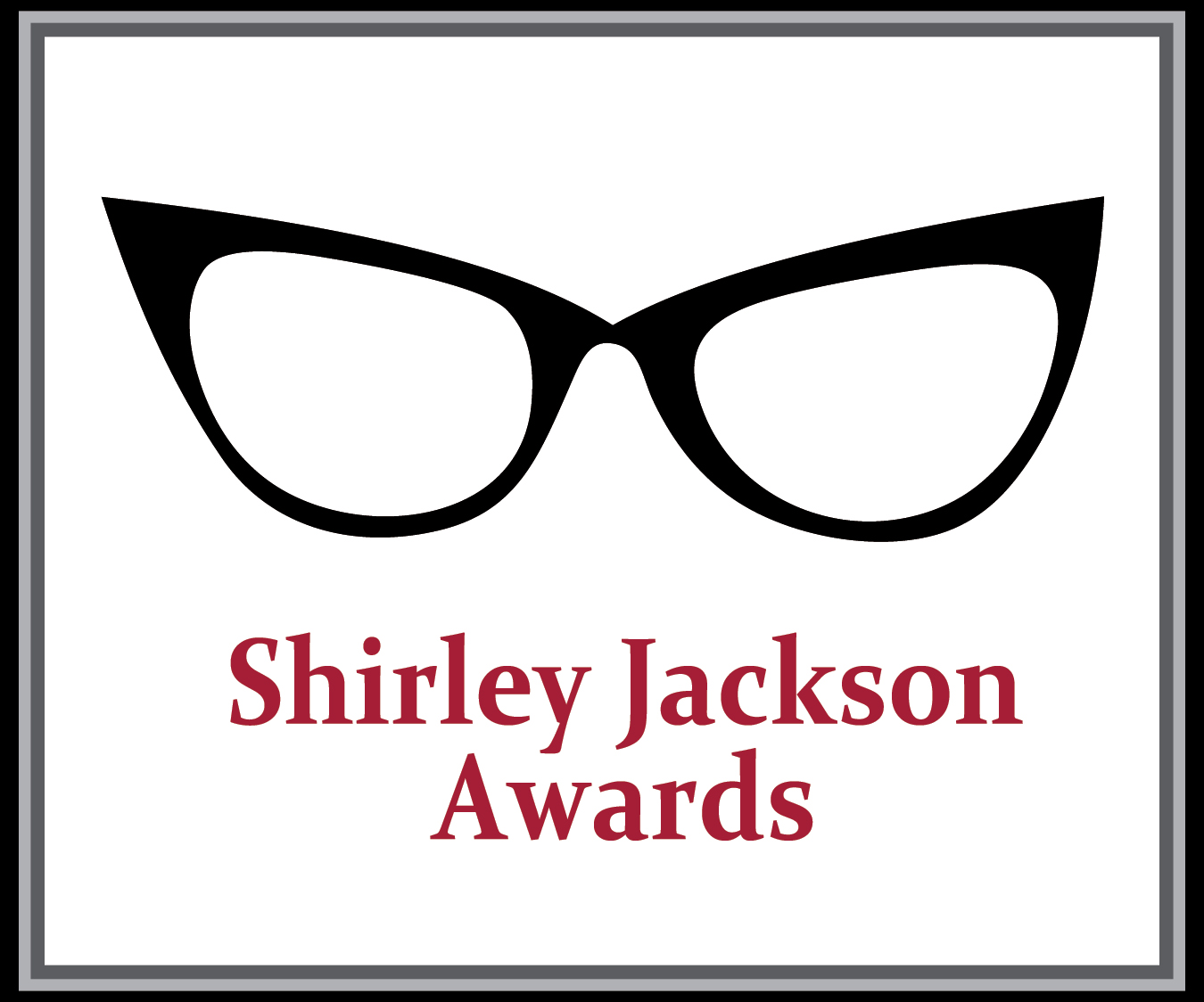Jack Dann and Nick Gevers are the editors of the Shirley Jackson Awards nominated anthology GHOSTS BY GASLIGHT.
How did you come up with the concept of combining the supernatural and steampunk?
NICK GEVERS: I’ve been a fan of steampunk for almost as long as the term has existed, since the late Eighties, and a few years back I edited an original steampunk anthology, Extraordinary Engines, with a strong author line-up. What could I do to follow this? Jack (much the more experienced partner in the enterprise!) joining me, we put two considerations together. First (contrary to what some people assert) steampunk can easily concern the supernatural rather than focusing narrowly on steam-driven technology–for example, the early steampunk masterpiece by Tim Powers, The Anubis Gates, is all about sorcery, as is probably the best current series exemplary of the subgenre, the Western Lights sequence by Jeffrey E. Barlough. Second, apart from the early-SF scientific romance form (think Jules Verne and H. G. Wells) that steampunk has inherited from the Victorian era, something else from that time has retained a lot of popularity: the great old-fashioned ghost story. So why not a major anthology showing off the ghostly, supernatural side of things a century and more ago, with steam-engines and other gadgets playing a still important, but somewhat supporting, part?
With good input from Diana Gill, our excellent editor at Voyager, the Ghosts by Gaslight package swiftly came fully together.
What was the collaboration process like?
NICK GEVERS: It went very smoothly. My taste in short SF and fantasy was in important respects shaped by my early reading of anthologies edited by Jack and his old friend Gardner Dozois. And I’ve long admired Jack’s own writing. So a certain awe to be working with Jack played a part! And Jack is a very genial, and congenial, person, exuding a mellow calm even via email, so my occasional bouts of panic and overexcitement were ably smoothed down.
We generally concurred on the author and story choices. Jack has very high standards, but I was able to sneak one or two penny dreadfuls past his vigilant defences…
What were your criteria for selecting the contributors or choosing the stories that went into the book?
NICK GEVERS: We invited our favourite writers, pretty much. Of course, not all were able to contribute. But most did, and I think we achieved something of an ideal line-up for an anthology of this kind. A bevy of the leading Australian writers Jack knows so well: Garth Nix, Sean Williams, Margo Lanagan, Richard Harland, Terry Dowling, and John Harwood, whom Sean very kindly recruited for us from the mainstream literary side. And a small army of top American short fiction authors: the legendary Robert Silverberg, my long-standing idols Lucius Shepard, Gene Wolfe, Peter S. Beagle, Paul Park, Jeffrey Ford, and James Morrow, the brilliant young lions of horror Laird Barron and John Langan, and those grand mistresses of the mytho-poetic, Theodora Goss and Marly Youmans. Not bad!
Of course not all of these writers had produced steampunk or neo-Victorian stories before. But it’s always refreshing to get novel takes on a theme. I think we’ve broadened the reach of steampunk and given the traditional ghost story a new edge or two.
JACK DANN: As you can see, Nick has answered the queries with his usual perspicacity. Alas, now you know my secret of collaboration: work with someone smart!
Nick is a generous soul, so allow me to set the record straight. He had the idea and (if my recollection is correct) the title for the anthology. He kindly asked me if I’d like to come aboard, which I most certainly did. This has been a labor of love for everyone involved. It’s a joy to put together a collection like this. A blessing on Nick…and manifold blessings on our editor, our publicist, our agent, and–especially–our authors!
Oh, one last comment: Although Nick and I have a wonderful give-and-take working relationship, we’ve never met…never even talked on the phone. As collaborators, we’re ghostly creatures of email and the Internet. So, in a sense, two presences, one in Australia, the other in South Africa, edited a book about ghosts by communicating through a medium that our ancestors would have called the æther.
